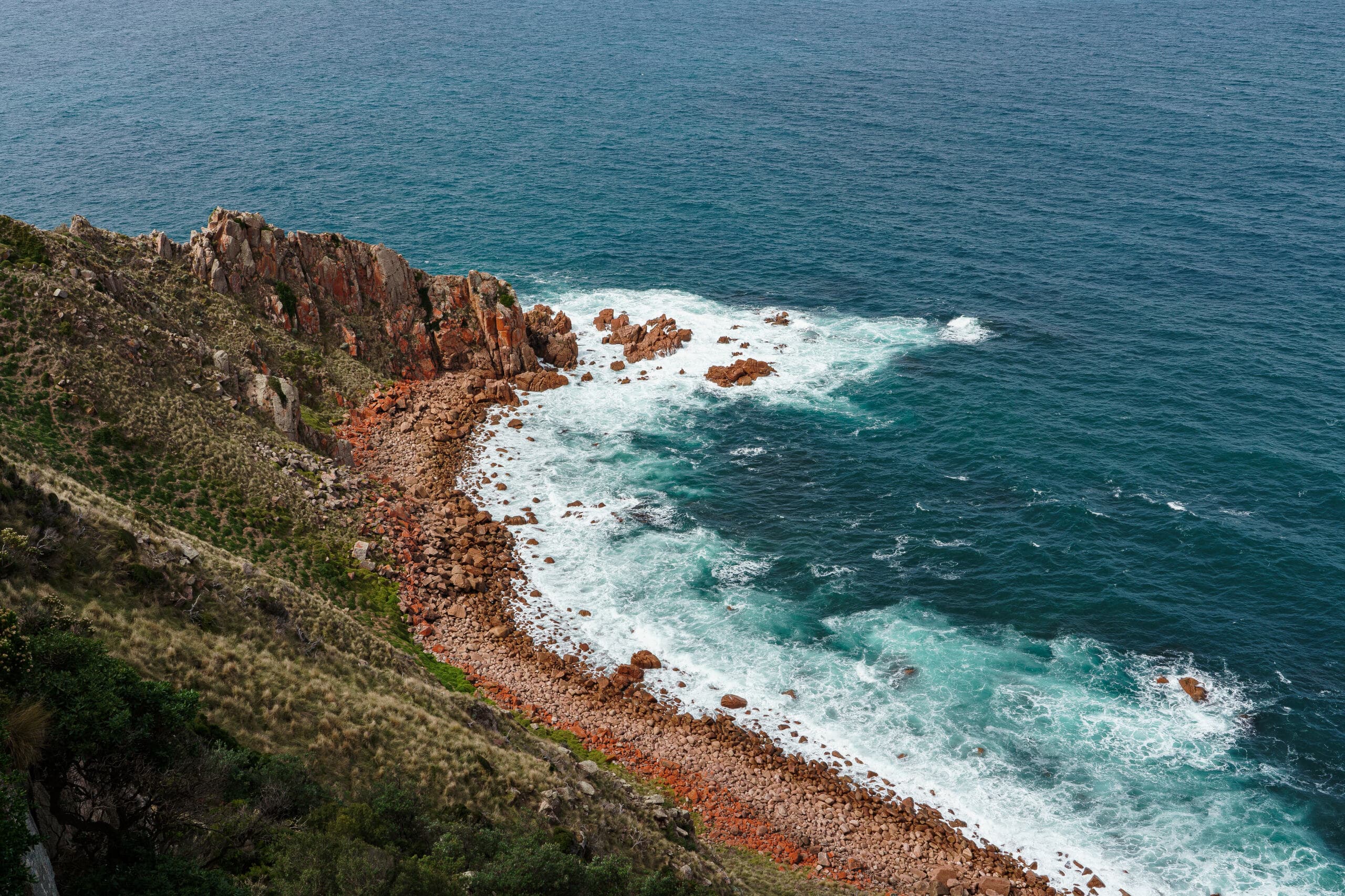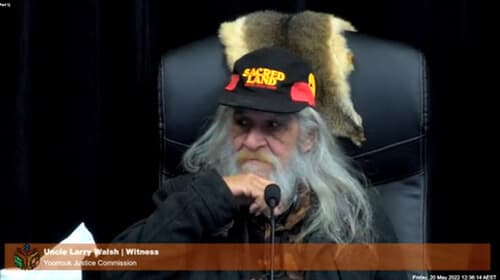Coranderrk Aboriginal Reserve Story Map
 William Barak and the Aboriginal community of Coranderrk. Image source: National Museum Australia.
William Barak and the Aboriginal community of Coranderrk. Image source: National Museum Australia.Coranderrk Aboriginal Reserve
From the 1830s, Kulin people were forced from their lands as Melbourne was established and grew, and colonisers moved further into Victoria taking more land.
After they had been driven off Acheron and Mohican stations, in the early 1860s a group of Kulin people including Simon Wonga and William Barak (also known as Beruk) established camp at a traditional campsite at the confluence of the Birrarung/Yarra River and Badger Creek.
In May 1863, Simon Wonga and William Barak led a deputation of about 40 people to Naarm/Melbourne to present an address to Governor Sir Henry Barkly about their need for a permanent homeland.1
In June 1863, the government gazetted 2,300 acres of land as a reserve for Coranderrk Aboriginal Station. In 1866 the reserve areas was increased to over 4,850 acres (or 1,963 hectares).
Coranderrk Aboriginal Station was named after a local flowering plant (known to Wurundjeri people as coranderrk, now commonly referred to as Christmas Bush) which was commonly seen at the site.3
Coranderrk was controlled by the colonial government but had a respectful manager, John Green, who advocated for Aboriginal people ‘to rule themselves as much as possible’. Initially Kulin people at Coranderrk had some autonomy and the station was considered very successful. Coranderrk had a successful farm and sold cultural artefacts and handicrafts.
Over time, conditions at Coranderrk declined due to increasing government control and pressure to close the station.
The Board for the Protection of Aborigines (the Protection Board) exerted increasing control over the people living there and conditions deteriorated. In 1874 the Board removed John Green as manager, and a series of harsh managers were subsequently appointed.
In the 1870s and 80s, Coranderrk residents led campaigns of political activism including letter-writing, protests, and deputations to Parliament to protest the deteriorating living conditions and increasing control of the Board over their lives.67
This political action resulted in the 1881 Parliamentary Inquiry into conditions at Coranderrk.8 First Peoples gave evidence at the 1881 Coranderrk Inquiry, and this helped to stop the closure of the station.
However, First Peoples were forced off Coranderrk under various ‘Protection Acts’, particularly the Aborigines Protection Act 1886 (Vic), known as the ‘Half-Caste Act’. The Half-Caste Act forcibly removed people with mixed Aboriginal and European ancestry from Coranderrk and other missions, breaking up families and communities, and reducing the number of residents at Coranderrk significantly.
Settlers continued to advocate for the closure of Coranderrk so the land could be used by non-Indigenous farmers. From the 1890s, the Board gradually revoked, sold or leased Coranderrk land to settlers. This included 78 acres which were granted to Colin MacKenzie in 1920 for a fauna research centre, now known as Healesville Sanctuary.
 Coranderrk Aboriginal Reserve. Image source: State Library Victoria
Coranderrk Aboriginal Reserve. Image source: State Library VictoriaOfficial closure of Coranderrk in 1924
The Board officially closed Coranderrk in 1924, and all but six people were sent to Lake Tyers mission.
In 1948, the government divided up the remaining reserve area for soldier settlement. No Aboriginal veterans received soldier settlement land at Coranderrk.
Wurundjeri people have successfully advocated for the return of some of the Coranderrk land. For example, in 1991 the cemetery at Coranderrk was handed back, and a further 200 acres were purchased by the Indigenous Lands and Sea Corporation, which is now managed by Wandoon Estate Aboriginal Corporation. However, to date than 10 per cent of the original reserve has been returned to First Peoples.
In the 1990s a cultural centre known as Galeena Beek was established out of a building on the Coranderrk site close to the current Healesville Sanctuary. The centre was closed down in 2000, and the building was used for private businesses and as a wedding venue until 2011 when it was left unoccupied. After much advocacy, the Wurundjeri Woi-wurrung Cultural Heritage Aboriginal Corporation obtained title to Gallena Baeek are planning to open a new Nangenala Cultural Centre in 2025.
 Wurundjeri Elder Jacqui Wandin at Coranderkk
Wurundjeri Elder Jacqui Wandin at CoranderkkInteractive Story Map
Related submissions
Related transcripts from hearings
Other Resources
Wandoon Estate Aboriginal Corporation, ‘Coranderrk – Significant Historical Events’ (Webpage).
First Australians: Season 1 Episode 3, Freedom For Our Lifetime (SBS OnDemand)
Deadly Story, ‘Coranderrk Station’ (Webpage)
National Museum of Australia, ‘Defining Moments; Coranderrk’ (Webpage).
Reports and Recommendations
Read the official reports and recommendations of the Yoorrook Justice Commission.
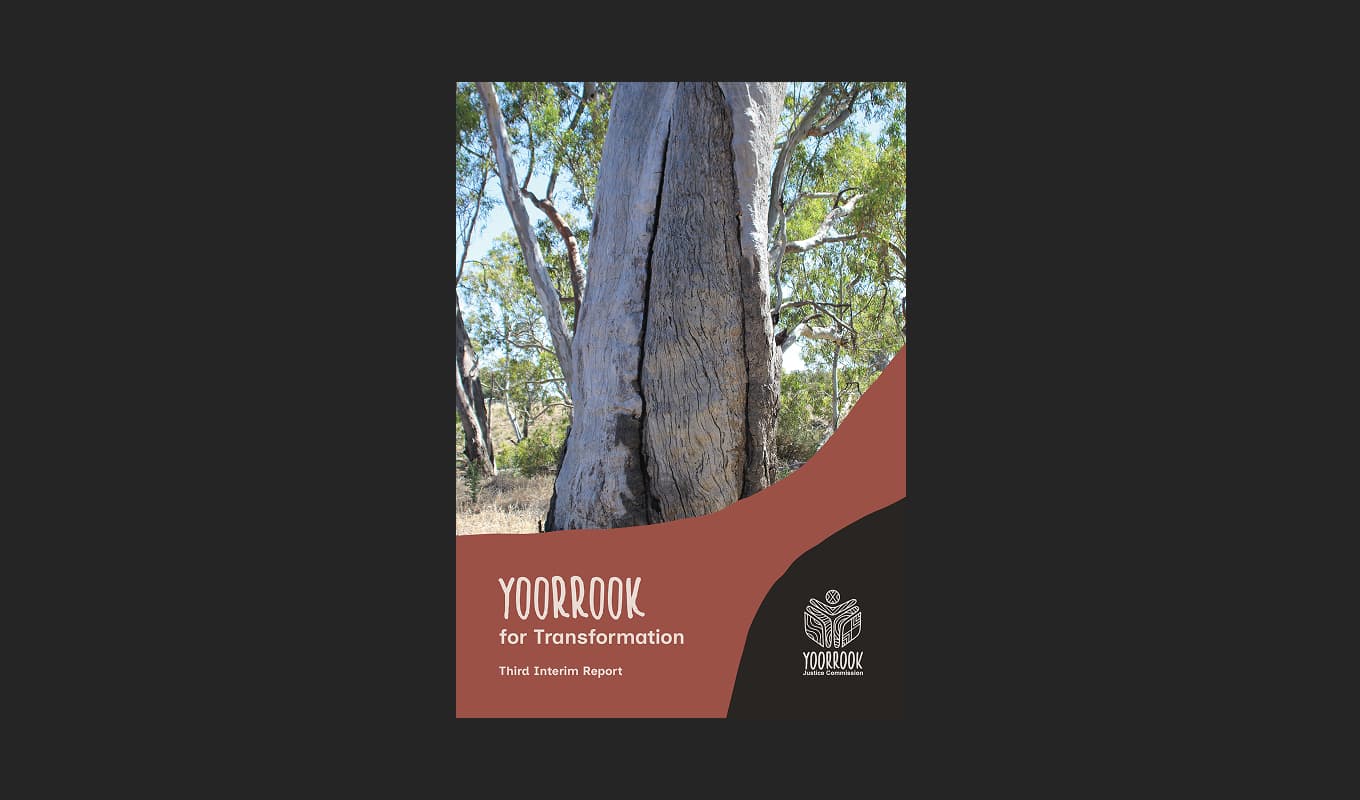
Yoorrook for Transformation
Third Interim Report: A five-volume comprehensive reform report presenting evidence and findings on systemic injustices, and specific recommendations for meaningful change to transform the future.
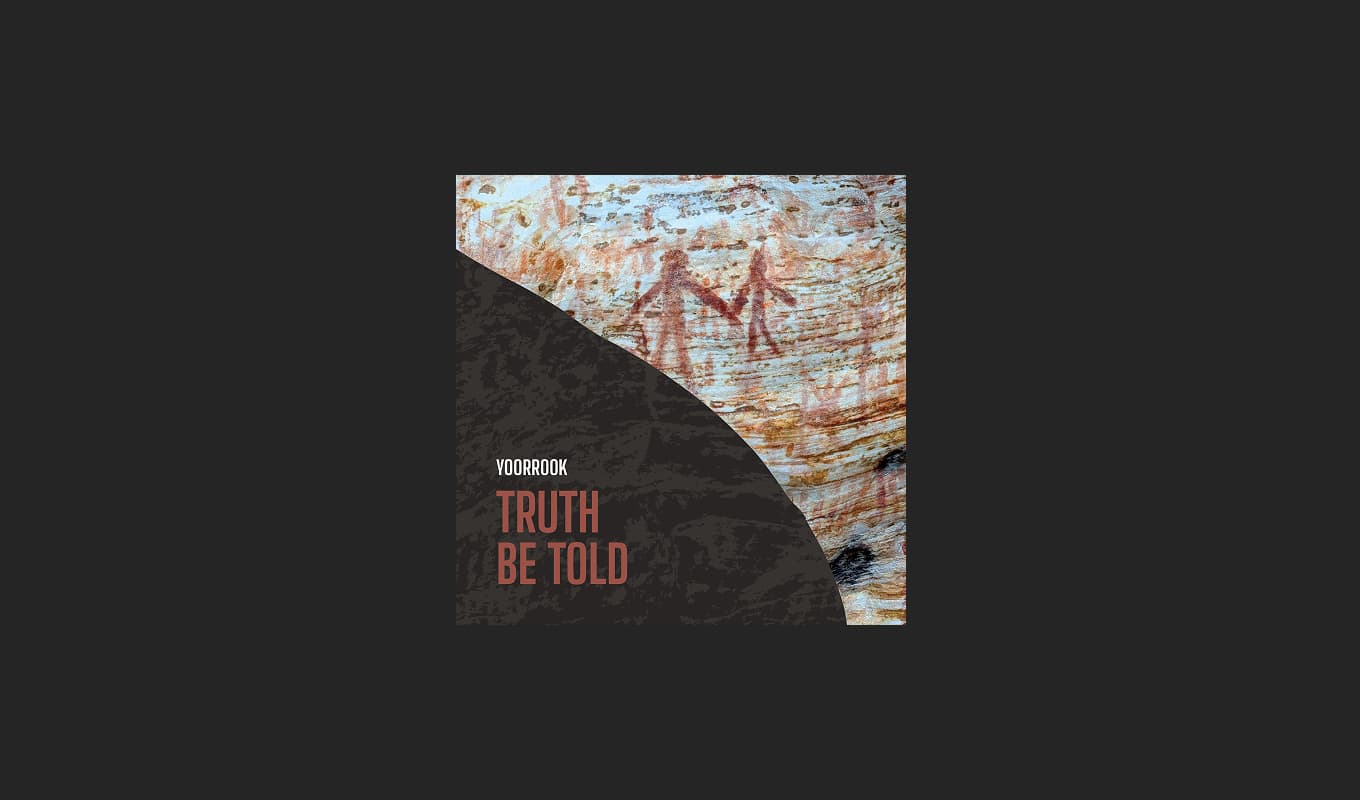
Truth Be Told
An official public record that documents First Peoples experiences since colonisation, preserves crucial testimonies for future generations and creates an enduring resource for education and understanding.
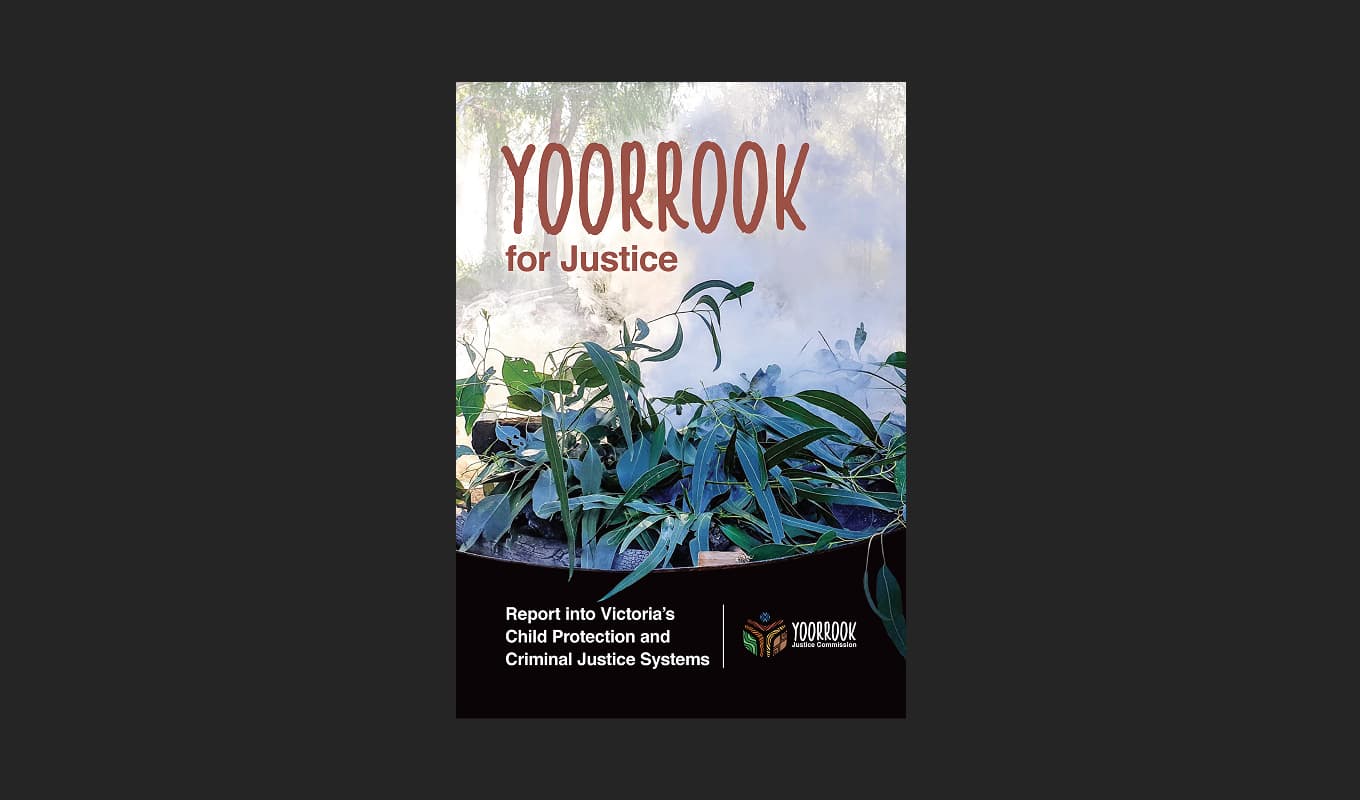
Recommendations for change
Yoorrook Justice Commission’s recommendations for truth-telling, justice, and systemic reform in Victoria.
